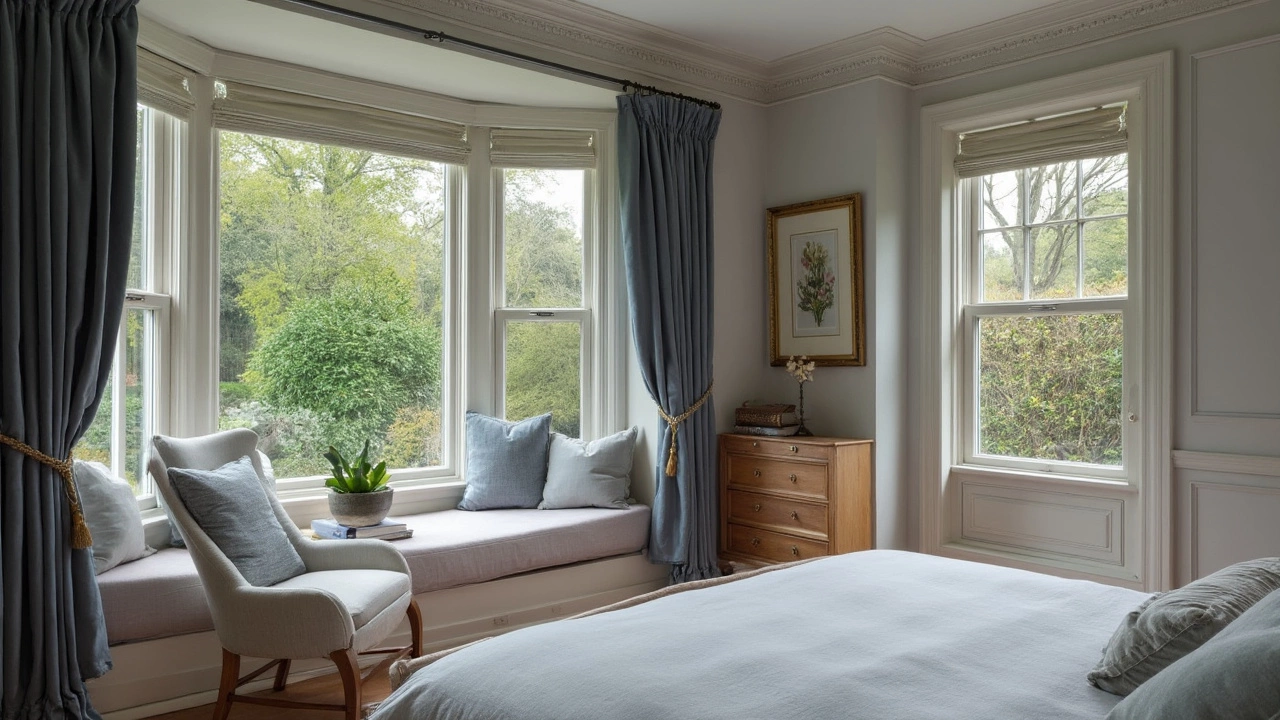Adding a bump out to your master bedroom might seem straightforward, but costs can vary widely based on size, location, and materials used. Discover helpful tips on budgeting effectively and learn about design considerations that can optimize space. Whether you're considering a cozy nook or a full extension, understanding potential costs can aid in planning and prevent surprises. Get practical advice on permits, contractor selection, and maximizing your investment.
Cost Guides & Budget Tips for Home Projects
When you start a remodel, the first question is always “how much will it cost?” Whether you’re planning a loft conversion, a kitchen fit, or just swapping out a sofa, knowing the real price drivers helps you avoid nasty surprises.
Understanding What Drives Your Project’s Price
Most costs boil down to three things: materials, labour, and hidden extras. A loft conversion in Auckland might look cheap on paper, but structural reinforcements, council consent fees, and finishing touches can add 20‑30% to the base price. Kitchen fitting follows a similar pattern – high‑end cabinets cost more, but the installer’s hourly rate and the need for new plumbing or electrical work can double the bill.
Furniture and décor have their own cost quirks. Replacing a couch isn’t just about the price tag; you need to factor in delivery, removal of the old piece, and any upholstery work if you’re keeping the frame. Storage solutions like a 10x10 unit also have hidden costs such as insurance and climate control if you’re storing delicate items.
Practical Ways to Keep Costs Under Control
Start by setting a realistic budget with a 10‑15% contingency. Use online price guides – they give you a ballpark per‑m² for lofts, kitchen fits, or flooring. Compare at least three quotes and ask each contractor to break down labour versus materials. If a quote feels low, it often means they’re skimping on quality.
Shop smart for materials. Look for surplus stock, bulk discounts, or end‑of‑season sales on tiles and flooring. For furniture, consider gently used pieces that can be refurbished – a solid wood sofa frame can be re‑upholstered for a fraction of a brand‑new price.
DIY where you can. Simple tasks like removing old wallpaper, painting walls, or even cleaning couch cushions without removable covers are doable with a bit of research. Save on labour by doing the prep work yourself and let the pros handle the complex parts.
Finally, keep an eye on timeline. Delays often cost more in labour and equipment hire. Plan your permits early, order materials in advance, and schedule work back‑to‑back to avoid idle days on site.
By understanding the main cost drivers and applying these budgeting tricks, you can keep your project on track and still achieve the look you want. Ready to start planning? Grab a notebook, jot down your must‑haves, and use the guides above to turn ideas into realistic numbers.
